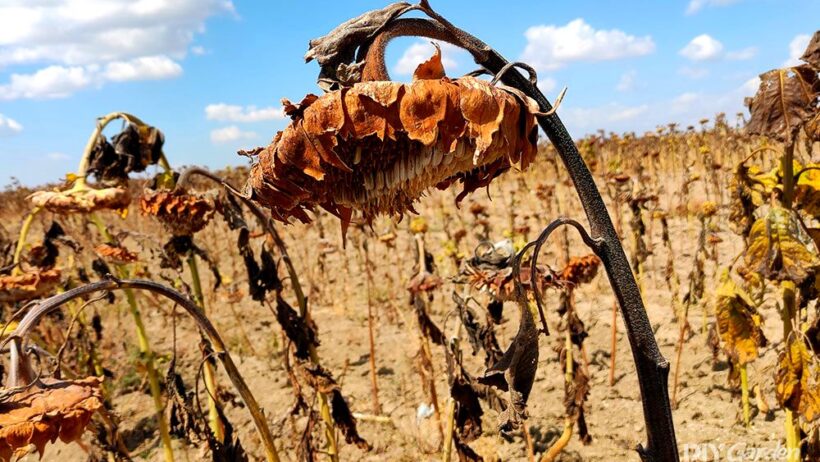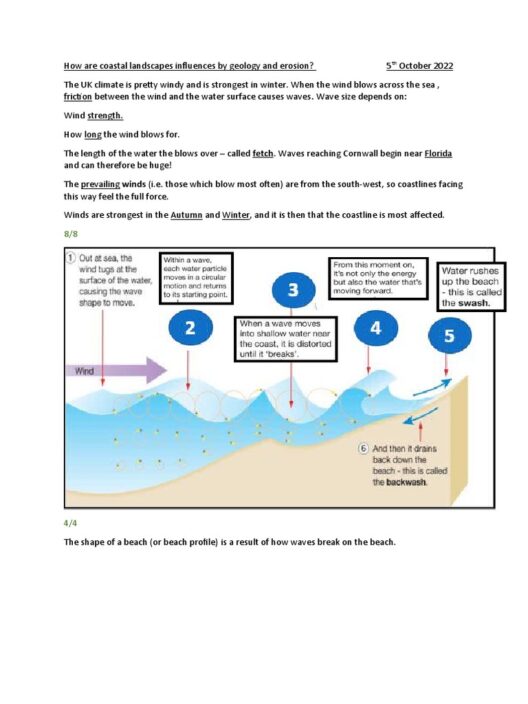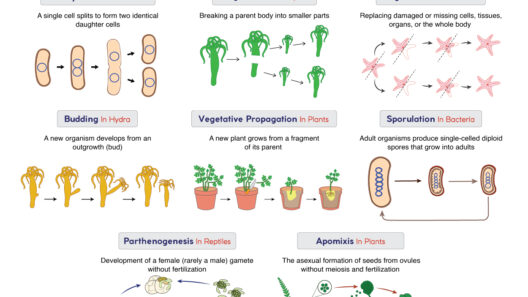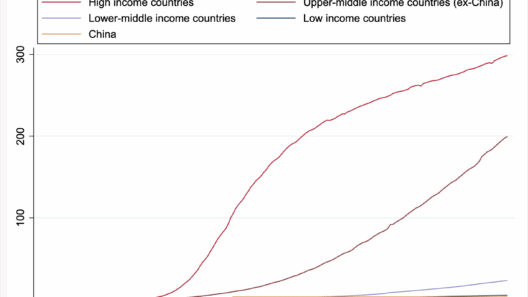The idyllic image of a sun-soaked vacation, the soft sound of waves lapping at sandy shores, and the warmth of the sun upon one’s skin are foundational elements of the tourism industry. Yet, with the inexorable advance of global warming, this picturesque image is increasingly threatened. The cost of heat, both literal and metaphorical, casts a long shadow over the tourism sector, prompting a reevaluation of what this means for destinations in the UK and beyond.
First, let’s delve into the intricate relationship between climate change and tourism. As global temperatures rise, regions that once boasted temperate climates are deteriorating into extreme heat zones. This escalates heat stress on both natural ecosystems and human populations, leading to a declining quality of experience for tourists. The impact of increased temperatures can lead to the degradation of landscapes, with natural attractions becoming less desirable.
Consider a destination like the Mediterranean, a pillar of European tourism. Characterized by azure skies and mild winters, this region now faces sweltering summers and unpredictable weather patterns. As the Mediterranean becomes a cauldron of rising temperatures, once-crowded beaches risk becoming uninviting. Tourists who previously flocked to the area for a quintessential summer experience may opt for cooler alternatives, forcing a detrimental shift in regional economies heavily dependent on tourist revenue.
The repercussions extend to the United Kingdom as well, with its own unique set of dilemmas. As climate patterns shift, the traditional allure of British coastal towns is under threat. The UK, known for its temperate marine climate, encounters longer periods of heat during the summer months. While the initial appeal of a warm holiday may attract domestic tourists seeking respite from the austere winter, the extreme heat can engender discomfort and health risks, deterring potential visitors.
Moreover, the effects of global warming on wildlife and natural habitats present a troubling paradox. Urbanization has prompted the desire for greater interaction with nature. However, climate change is altering the very landscapes and environments that tourists seek to explore. Increased temperatures and erratic weather patterns can disrupt nesting behaviors of native species, render popular national parks less vibrant, and alter migration routes for wildlife, which detracts from the ecological experiences tourists anticipated. The contours of entire ecosystems are shifting, prompting introspection on the ethical dimensions of wildlife tourism.
Another salient aspect is the economic ramifications tied to climate change. As certain regions become less hospitable, there emerges an urgent need for strategic adaptation. The tourism industry, a significant contributor to GDP in many countries, faces potential market collapse in regions that can no longer sustain a viable tourism infrastructure amidst rising heat and unpredictable weather. Investment in sustainable tourism is imperative. This transition prioritizes adaptation strategies such as promoting eco-friendly practices, investing in climate-resistant infrastructure, and engaging local communities in tourism policy-making.
The overarching question remains: What alternatives exist in the face of crippling heat? Some destinations may pivot toward cooler months, reinventing themselves as year-round tourism locales. This shift necessitates strategic marketing and investment in off-peak seasons to encourage visits during traditionally quieter months. Adventure travel experiences—such as hiking, cycling, and eco-tourism—could gain traction, drawing in those eager to explore diverse landscapes while remaining mindful of their environmental impact.
Transitioning to this sustainable tourism model involves leveraging local resources efficiently. Promoting diverse, lesser-known destinations can divert the burden from over-visited hotspots. By redistributing tourist traffic, destinations can alleviate pressure while providing visitors with unexpected yet rich experiences. Off the beaten path, the countryside, small towns, and less-commercialized locales offer enchanting vistas and cultural experiences that are often overlooked.
On a broader scale, nations must collaborate to forge unified strategies for climate adaptation. Global cooperation is essential, as climate change knows no borders. An articulated response that includes robust guidelines for sustainable tourism not only safeguards natural resources but also preserves the profound cultural heritage that defines communities worldwide. Ensuring that local perspectives influence policy will lead to more equitable outcomes that prioritize the needs of both residents and visitors.
While the consequences of global warming are alarming, they also present a unique opportunity to innovate and reshape the tourism industry’s framework. Instead of viewing climate change solely as a threat, it can be viewed through the lens of resilience. Through innovation, collaboration, and sustainable practices, the tourism sector could emerge as a leader in global adaptation efforts, inspiring other industries to follow suit.
In conclusion, the cost of heat is multifaceted, encompassing environmental, economic, and social dimensions that influence tourism trends globally and in the UK. The paradigm shift toward sustainability is not just a response to crisis; it is a chance to cultivate an enriched and respectful tourism experience for generations to come. Instigating curiosity about the undercurrents of climate change can inspire action and foster a renewed appreciation for the world’s natural beauty. Ultimately, it is a clock that is ticking; the time for change is now.








